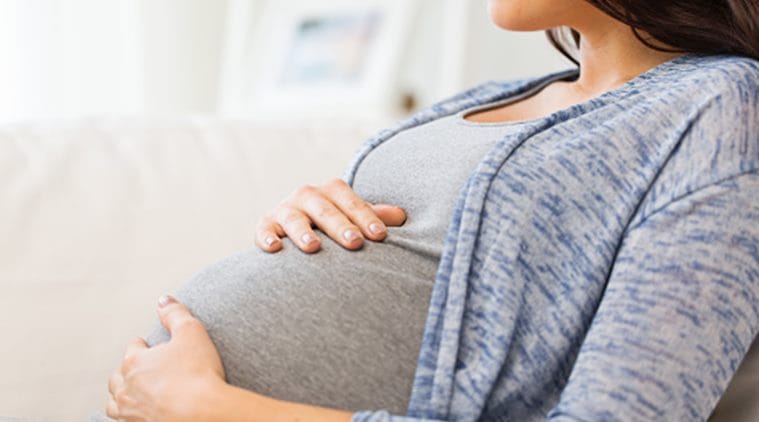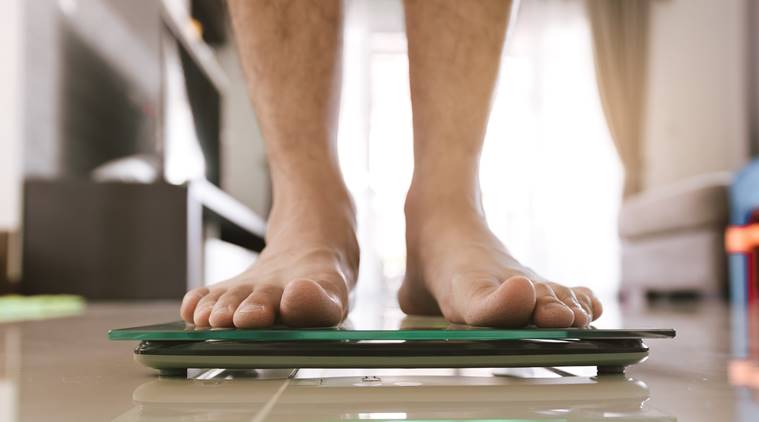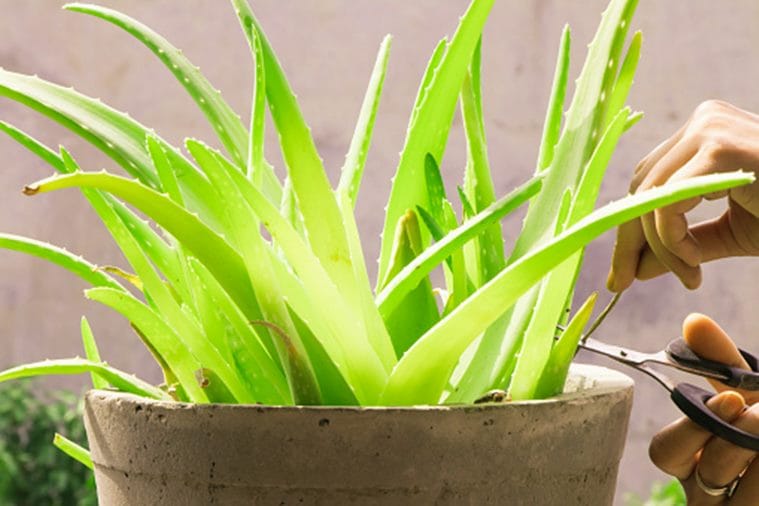Stretch marks appear on one's body when the skin is stretched beyond its elastic limit due to various reasons.

Not long ago, actor Zarine Khan was body-shamed for posting a photo where stretch marks were visible on her stomach. As a natural part of one’s life, stretch marks appear due to various reasons and are nothing to be ashamed of. Dermatologist Dr Nivedita Dadu, founder and chairman, Dr Nivedita Dadu’s Dermatology Clinic explains all about stretch marks and how to get rid of them effectively.
What are stretch marks?
Stretch marks are medically termed as “straiae distensae” and usually begin as red or purple marks on skin and then slowly start fading and convert into white or silverish marks with time. The difference in colour indicates whether the marks are old or new. Newer or red coloured marks can be treated comparatively easily; they are initially red because blood vessels are present just beneath the skin which makes them more responsive to treatment. Whereas white stretch marks are older ones and are generally more difficult to treat. This is because of the fact that with time, blood vessels become narrow, making it difficult to stimulate collagen production in response to treatments.
ALSO READ | Skin care tips for would-be-moms this summer
How does one get stretch marks?

There is a common myth about stretch marks that it is only women who get them. This may be because many women get stretch marks during pregnancy when their skin rapidly grows to accommodate a baby. But men get stretch marks as well, and there are some causes that may make them more likely to get them. The skin is composed of three layers: epidermis (outermost layer), dermis (middle layer), and hypodermis (deepest layer). Stretch marks are formed in the middle layer, the dermis.
Stretch marks appear on one’s body when the skin is stretched beyond its elastic limit due to various reasons including when the collagen, which is the cementing material of dermis, is damaged or destroyed. One might get due to pregnancy, weight gain or weight loss among other reasons.
Let’s understand these points in detail:

1. Pregnancy: As the belly area enlarges to accommodate the growing baby, the skin over the abdomen is stretched, giving rise to stretch marks. During pregnancy, the hormones are erratic, and some of them also increase the likelihood of developing stretch marks.
2. Puberty: The child is constantly growing in size; it is called growth spurt. Girls tend to get stretch marks around their breasts and hips and boys get them around their thighs and arms.
3. Heredity: Having a family history can predispose the occurrence of stretch marks.
4. Weight fluctuation: Rapid weight gain or weight loss also causes stretch marks.
5. Corticosteroids: These are often used in the form of OTC fairness creams, steroid injections for bodybuilding, and pills. This can give rise to stretch marks by making the skin thin and decreasing its ability to stretch.
6. Medical conditions: Cushing’s syndrome, Marfan’s syndrome, Ehlers-Danlos syndrome are some medical conditions which can cause stretch marks as they increase the level of cortisone in the body.
Despite being normal, “stretch mark acceptance” is something that is still a matter of concern for many. There are various effective remedies and treatments available that can help diminish the appearance of stretch marks.
ALSO READ | Embracing my body and bump: Amy Jackson on dealing with pregnancy
Treatment for stretch marks:
Like any other scar, stretch marks are permanent, but the right treatment can make them less noticeable. Treating stretch marks at an early stage can give promising results.
1. Alleviate the itch: Itching can aggravate the redness and worsen stretch marks. Apply coconut oil to reduce the itching and consult your dermatologist for medications.
2. Anti-stretch mark creams: Massage the product gently into the stretch marks for superior results. Apply the product for months to see visible results. However topical medication show the least effect on old stretch marks.
There are various home remedies also to treat stretch marks:

1. Aloe vera: Take out fresh gel from an aloe vera leaf and mix it with oil from vitamin A and E capsules. Massage this on the skin until it is fully absorbed. Do not rinse. You can also apply only aloe vera gel. Leave it on for 15 minutes and wash with lukewarm water.
2. Castor oil is very beneficial for stretch marks. Just before going to bed, warm up castor oil and massage it on stretch marks for about 15 to 20 mins.
3. Coffee scrub: Make a paste of coffee grounds with water and scrub it over the affected area. Scrub it in gentle circular motions for about five minutes and then wash with warm water. Apply moisturizer on top of it. You can use it daily.
Apart from these, seeking a dermatologist for stretch mark treatment is the best option. Following are the procedures performed by dermatologists:
1. Chemical peels: They help in removing dead and damaged skin cells which trigger skin regeneration.
2. Plasma Induction Therapy: It is effective in treating newer stretch marks. A sterile roller is used, which causes micro-injuries in the skin by creating tiny holes with microneedles. This activates the healing mechanism of the body. Plasma rich in platelets (platelet-rich plasma or PRP) and growth factors when infused with micro needling boosts collagen production and helps in improving the skin texture.
3. Pixigenus Laser: Latest in non-ablative and fractional laser technology. This creates a pattern of tiny microscopic wounds surrounded by undamaged tissue. The micro beams penetrate deep in the skin resulting in re-growth of cells and collagen remodelling. The micro-injuries created during the procedure will start the healing process as collagen remodels, skin tightens, and texture improves.
4. Neoclone Laser: This involves thermo-mechanical energy. It vaporises channels in the skin. As a result, new collagen is produced that effectively treats active acne scars.
5. Microneedling Radiofrequency: This technique is the most advanced and unique as it is useful in treating old and challenging stretch marks. It can be used in patients with pigmented and tanned skin. Extremely tiny insulated needles are introduced in the skin and radiofrequency which heats the dermis. This leads to collagen production and skin rejuvenation. It can be performed with PRP to achieve more beneficial results.
Always consult your dermatologist for the best advice.
Source: Read Full Article
